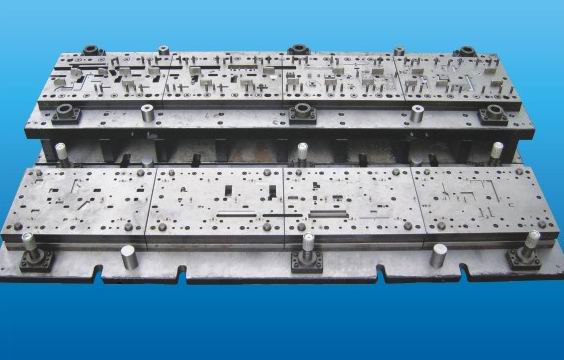Selection Of Mold Materials
Some plastic materials have acid corrosion, and some have added to the reinforcing agent or other modification agents, such as glass fiber damage to the mold, should be comprehensive consideration when selecting materials. Corrosive plastics are generally selected S136,2316,420 a class of steel, weakly corrosive addition of S136,2316,420, there are SKD61, NAK80, PAK90, 718M. Strong acid plastic materials: PVC, POM, PBT Weakly acidic plastic materials: PC, PP, PMMA, PA.
Appearance requirements of the product also have a great influence on the choice of mold materials. Transparent parts and surfaces require a product with thrown mirror surfaces. The available materials are S136, 2316, 718S, NAK80, PAK90, 420,
Highly transparent molds should be selected S136, followed by 420.
The above is from the satisfaction of product requirements, but as a designer, you only consider this, Not only can you not become a good designer, you may have problems with your job. The cost you need for the mold involved is the most important thing. You have to consider the price. Take the S136 and 2316 and compare it. The difference is between 55 and 60 yuan per kilogram. If you choose improperly, your boss will not receive the order. Do bankruptcy.
There are many pre-hard materials for the third-level molds, and the grades are: S136H, 2316H, 718H, 083H, hardness HB270----340.
For the 4th and 5th grade molds, P20, 718, 738, 618, 2311, 2711 are used. For the molds with extremely low requirements, it is also possible to use S50C and 45# steels, that is, to form cavities directly on the mold blanks. Bulletproof glass glue
Molding shrinkage of common plastics
|
Plastic name |
Shrinkage (%) |
Plastic name |
Shrinkage (%) |
|
HDPE (hard plastic) |
1.5~3.5(2.0)* |
POM(Saigang) |
1.8~2.6(2.0)* |
|
LDPE (soft glue) |
1.5~3.0(1.5)* |
PA6 |
0.7~1.5 |
|
PP (100% soft rubber) |
1.0~3.0(1.5)* |
PA66 |
1.0~2.5 |
|
GPPS |
0.4~0.8(0.5)* |
SPVC |
1.5~2.5(2.0)* |
|
HIPS |
0.4~0.6(0.5)* |
TPU |
1.2~2.0(1.6)* |
|
ABS (unbreakable glue) |
0.4~0.7(0.5)* |
PMMA(Acrylic) |
0.5~0.7(0.5)* |
|
PC (ballistic glass glue) |
0.5~0.7(0.5)* |
PBT |
1.3~2.2(1.6)* |
Note: The parameter with "*" is the recommended value.





